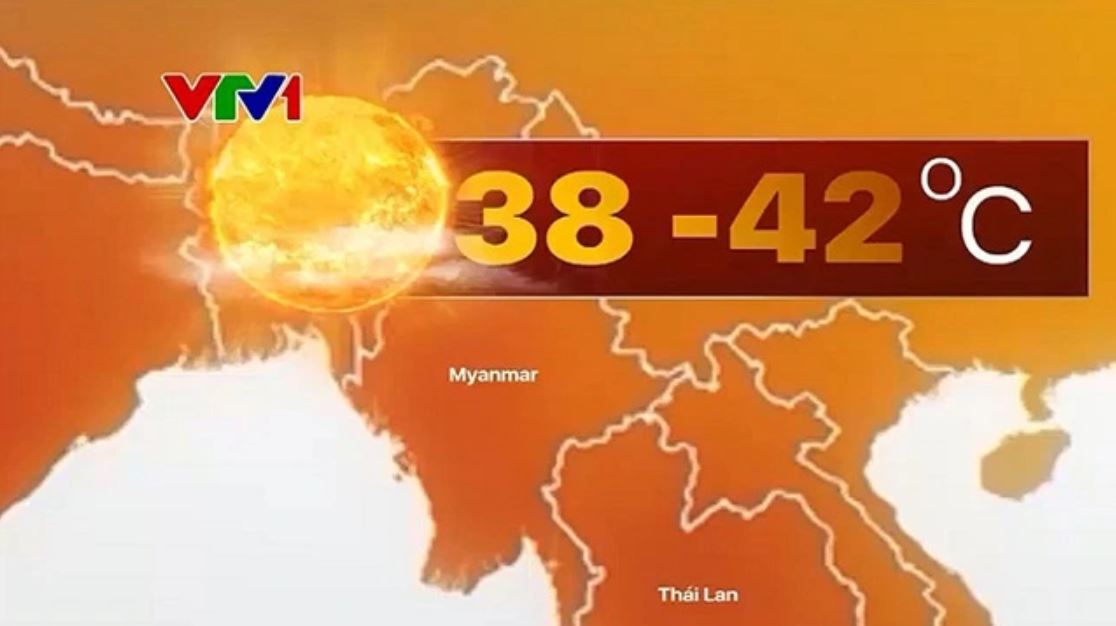Tracking heat maps for some days in April shows that the dark red color represents temperatures from 38 to more than 40 degrees, covering more than a dozen countries from South Asia to Southeast Asia.
On April 22, the temperature in many areas in Thailand and Myanmar ranged from 38-42 degrees Celsius, some areas reached 45 degrees, an unprecedented record.
The West Bengal region of India recorded temperatures of up to 43.7 degrees Celsius, temperatures in many other states also spiked above the 40-degree mark in April. The West Bengal government has called for the closure of schools, or giving students a break in the afternoon to avoid the intense heat.
Temperatures in Bangladesh and parts of southern China also set record highs. According to meteorologists, there are several reasons for such extreme weather events in Asia. The first cause is thought to be due to the appearance of a hot air mass and a high-pressure band extending from the Bay of Bengal to the Philippine Sea, creating a thermal dome, keeping the hot air low below the ground, pushing the temperature. surface up.

The second cause is the urban effect. Notably, Thai officials warn of urban effects, the sun shining down heats the surface of walls, concrete, and road surfaces. After receiving a large amount of radiation from the Sun, it will convert it back into thermal energy and return to the environment, increasing the temperature. The urban effect makes the feeling of heat in Bangkok up to 54 degrees Celsius, the feeling of scorching heat, extremely dangerous heat levels for human health.
Mr. Matthew Capucci - Meteorologist: "There will be cooler years and hotter years. However, in recent years, heat waves are occurring earlier and more severe due to active weather. Human action drives climate change".
Meteorologists also warn that the heat situation could become even more severe due to the return of the El Nino phenomenon, which could cause temperatures in 2023 or 2024 to rise to the highest levels ever recorded. record.